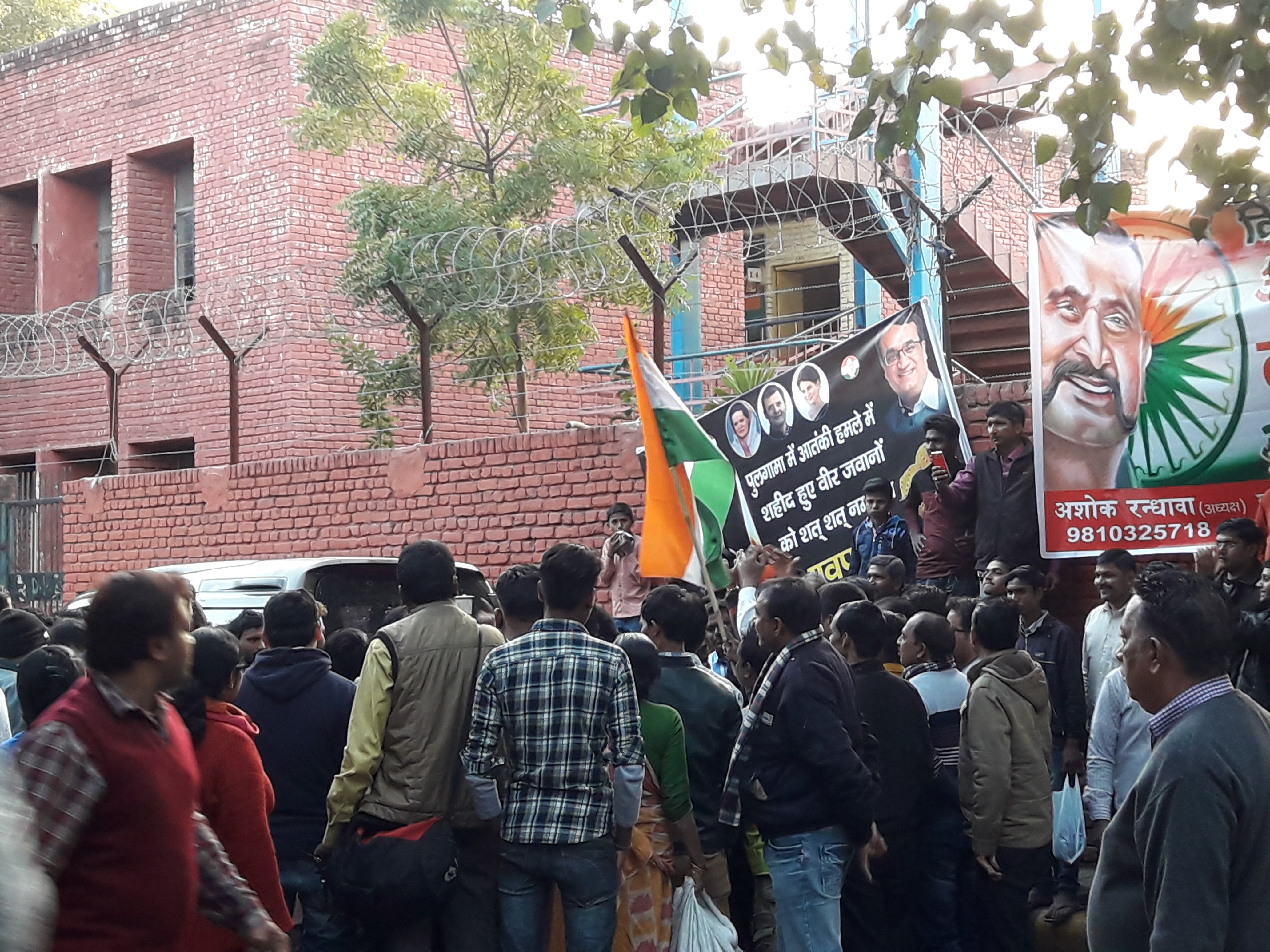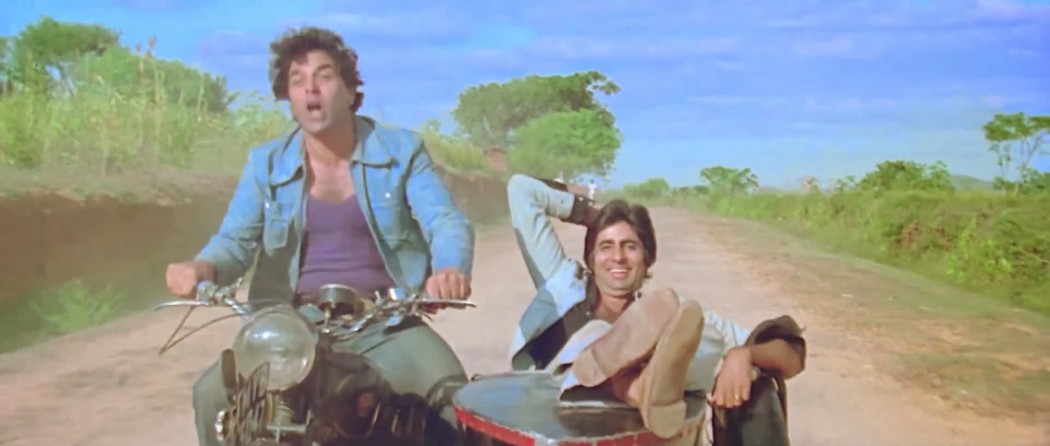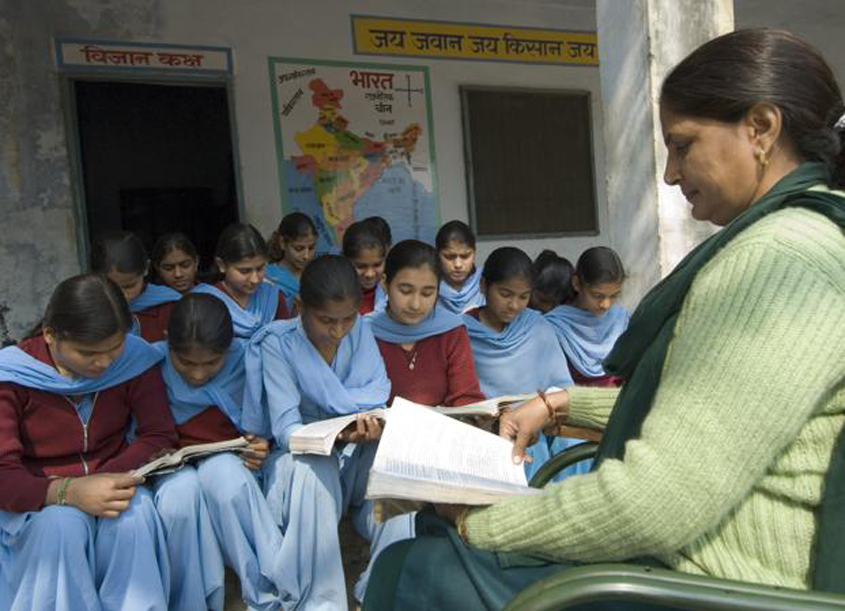
It was evident that everyone loves a war, hysteria for war, and an uncontrollable spectacle along the Line of Control. Not for the love for the land; no, it is not for the patriotism toward matribhumi. Had it been for the motherland, as it were, one should have heard a more complicated cry. The love for war is arguably distinguishable from the love for land. The justification for this unique emotion, love, can vary. Someone wants it for the sovereignty, someone else for revenge, and some others go to the extent of seeking peace, freedom from terrorism, in a war. And most of the mass media caters to this collective want, the spectacle of war. Lets turn to the macabre of human sentiments.
Almost a folk wisdom of our times: there are always two sides of a coin. But one learnt something more complicated long ago in Ramesh Sippy’s cult film Sholay (1975) that had superseded Jai Santoshi Ma (1975). And what we learnt is another side of the same folk wisdom: human cunningness is more powerful than human devotion to a newly constructed goddess. The human cunningness in Sholay showed that both sides of a coin might have the same motif. It does not matter how many times Veeru, the street smart protagonist, spins the coin in the air; and it is inconsequential what Jai, the sober one of the protagonist duo, opts for, head or tail. The coin will only show what the spinner wants. This is our mind-set cunningly set by the spinner of the coin. Eerily curious enough, the spinner of the coin seems to know what option we have throbbing in our hearts.
We never sought to answer some of those questions, which were about the potential spinners of the coin. Did we really ask, or it was too low decibel query to be heard: who was responsible for the intelligence failure that led to the Pulwama attack? Guess, Veeru came out of the frame of Sholay and did the deed which bewitched Jay to believe in destiny. Was ‘he’ the spinner of the coin who can be held culpable for stoking the embers? The glib journalists dropped the question since it seemed to be taking us toward a conspiracy theory. And the folks did not care since there was already a desire to deliver a muh-tod-jawab (revenge). Another lot of the champions of nationalism joined in the chorus – sabak sikhayenge (teach them a lesson). The grieving wives and children of the deceased soldiers cried their questions out- those who bay for war shall fight it themselves and not sacrifice the soldiers for their own desire for a war. This too fell on deaf ears or drowned in the din of a warmongering nation.

Crying has never been given serious thought in our socio-political mathematics of emotion. So sublime an articulation, crying serves both in equal measure, the victim and victimizer. There is a possibility of fairer judgment of emotions in the performance of crying. But we don’t want to get there. Since it is too subjective and it cannot be dealt with dead-data alone. Sociologists diminish crying into concepts, anthropologists draw dry abstractions; political scientists deny any significance of it, while a humongous army of care and development industry utilize the narratives of crying to run the business of justice. Or political machineries, to canvas votes, use partial appropriation of the cried narrative. The sanity is however in the articulation of the crying, across borders, seeking for a pause in the machinery of warmongering media. It is a crying devotee in Jai Santoshi Maa or a crying Veeru in the climax of Sholay that fetches the attention of the beholder.
One begins to hear the pathos in a crying widow of a martyr, in the relentlessly crying children of a departed soldier, and in the populace living in the fear of devastation crying for a respite from the ever-ready-to-fight armies. Crying is an ultimate bridge, be it between India and Pakistan, Palestine and Israel, or Kashmir and rest of India. If we can hear the crying, we don’t need any media to tell us what to feel about our nation, or that of the folks across borders.












